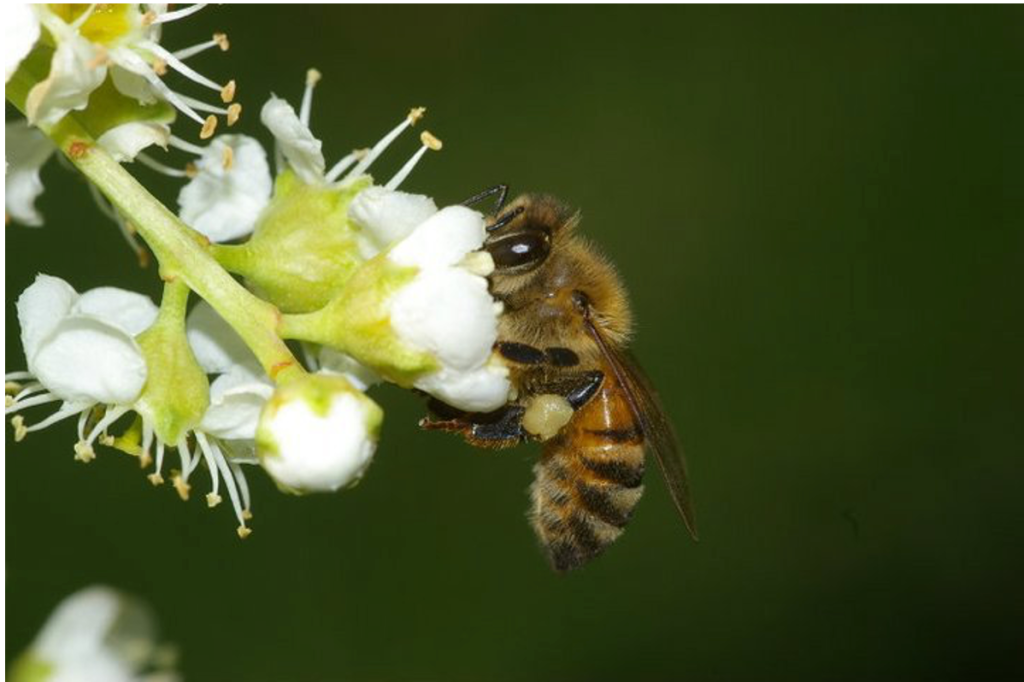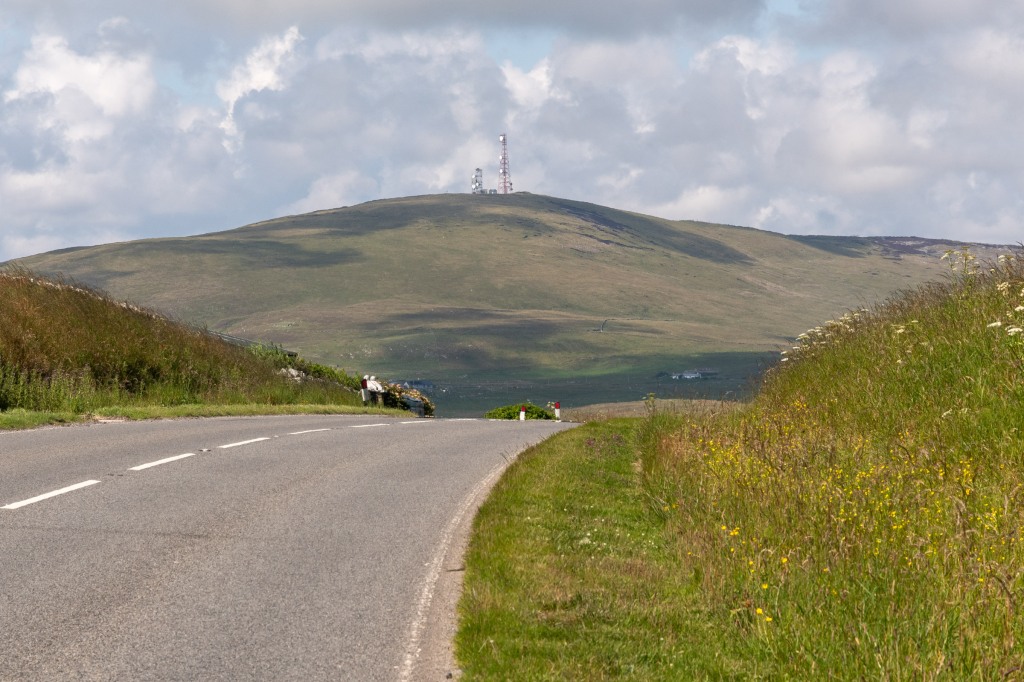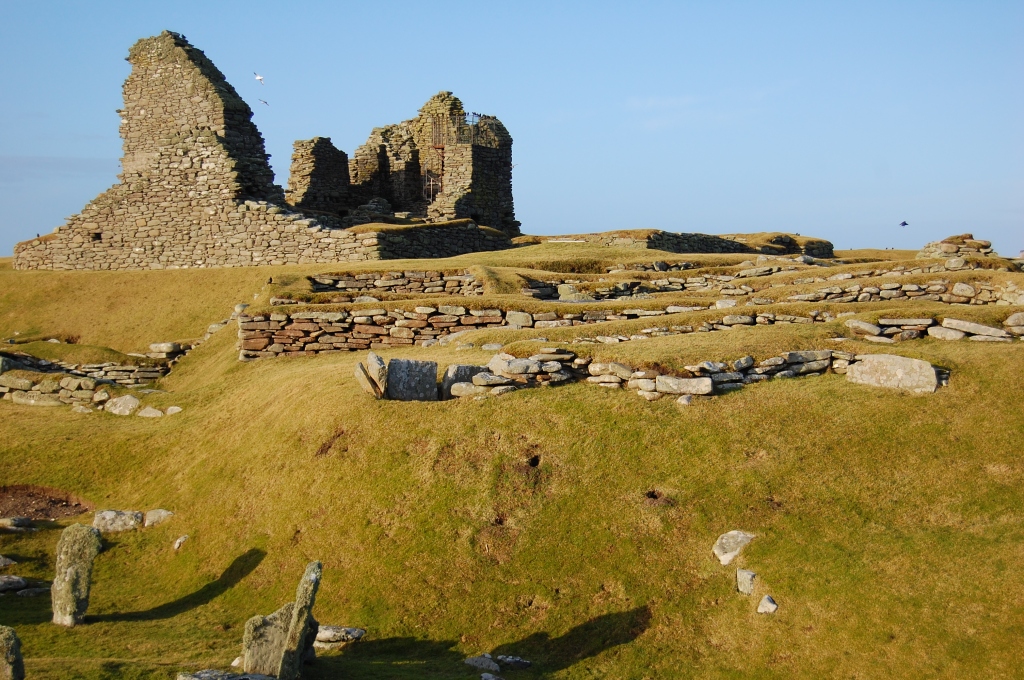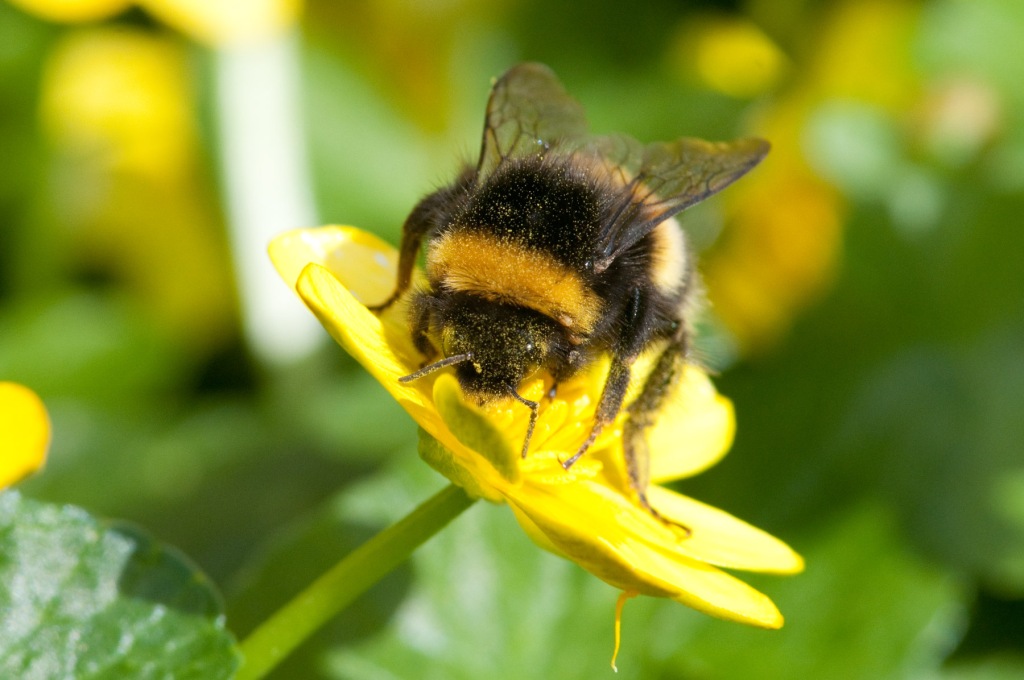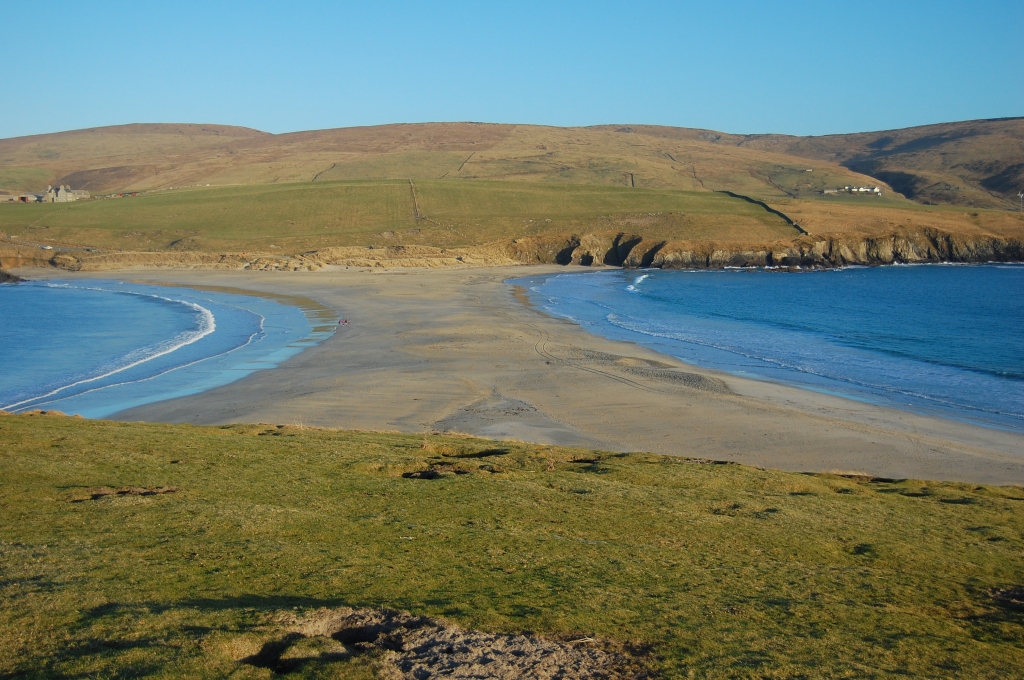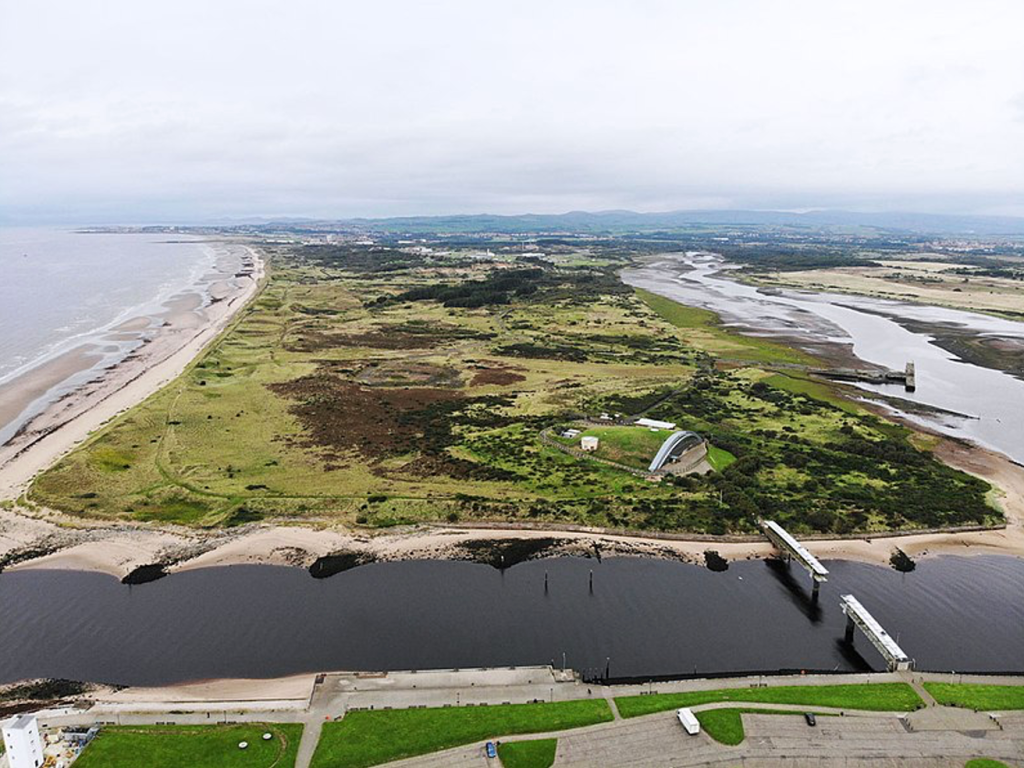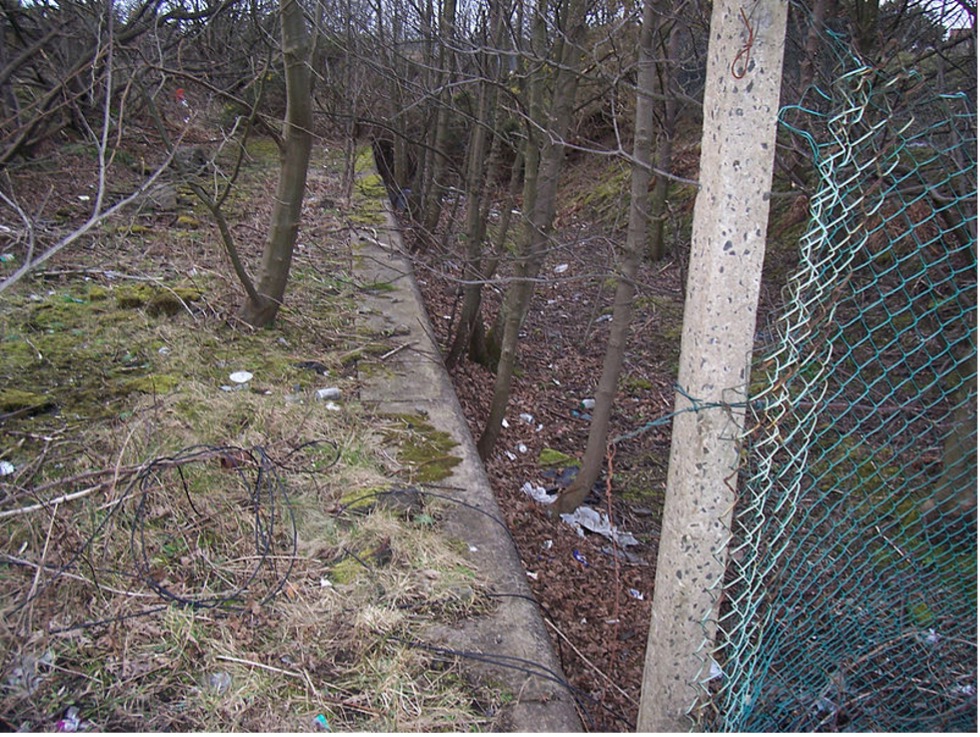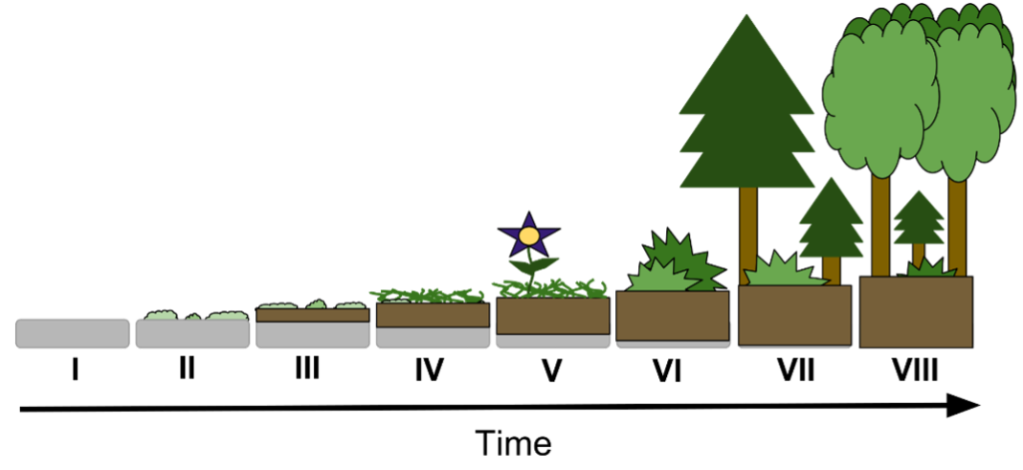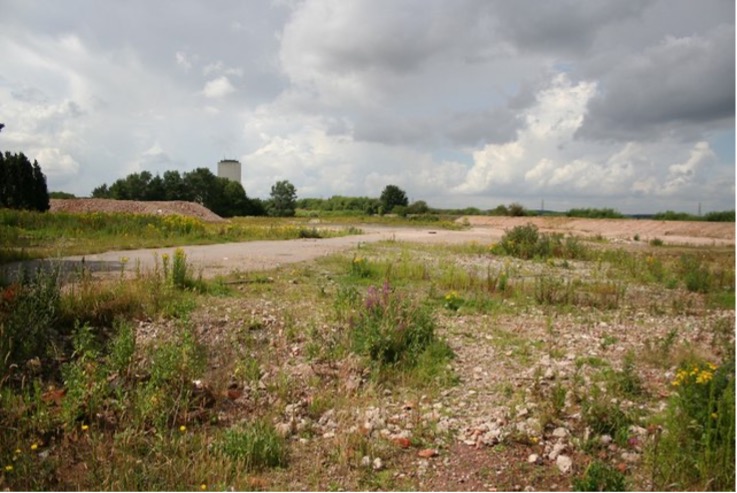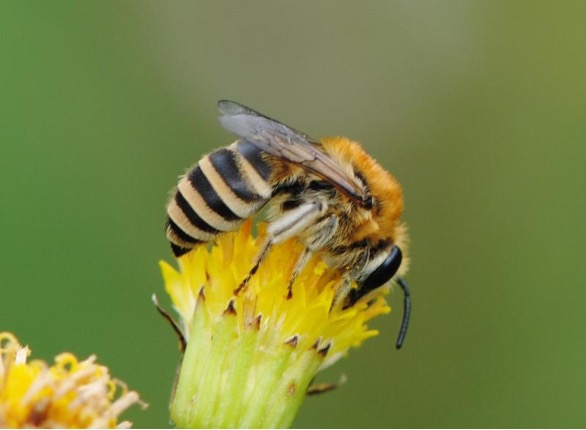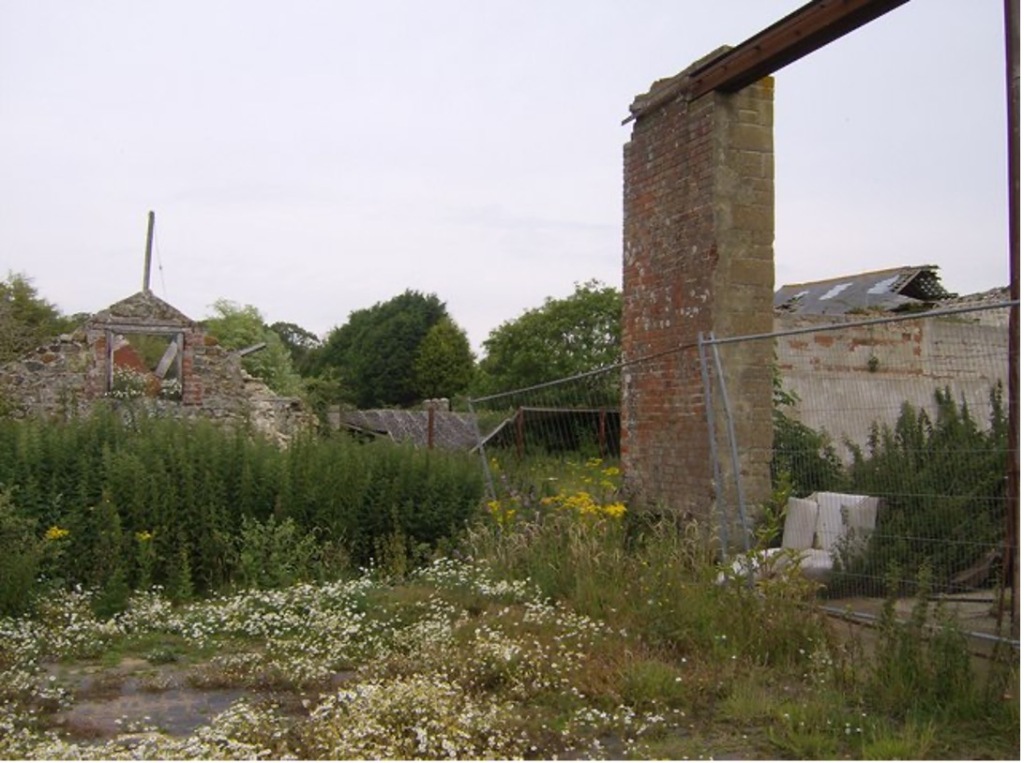By Athayde Tonhasca
Among the world’s myriad natural habitats, mangroves are not likely to be voted the most beautiful or inspiring. Mangrove forests consist mostly of monotonous swathes of twisted, stunted-looking trees with exposed roots that grow on harsh, muddy, hot shores of tropical and subtropical regions. Mangrove species thrive in these places because they are not put off by oxygen-starved, waterlogged mud; and they are halophytes, that is, adapted to saline or brackish water, conditions that would kill most plants.
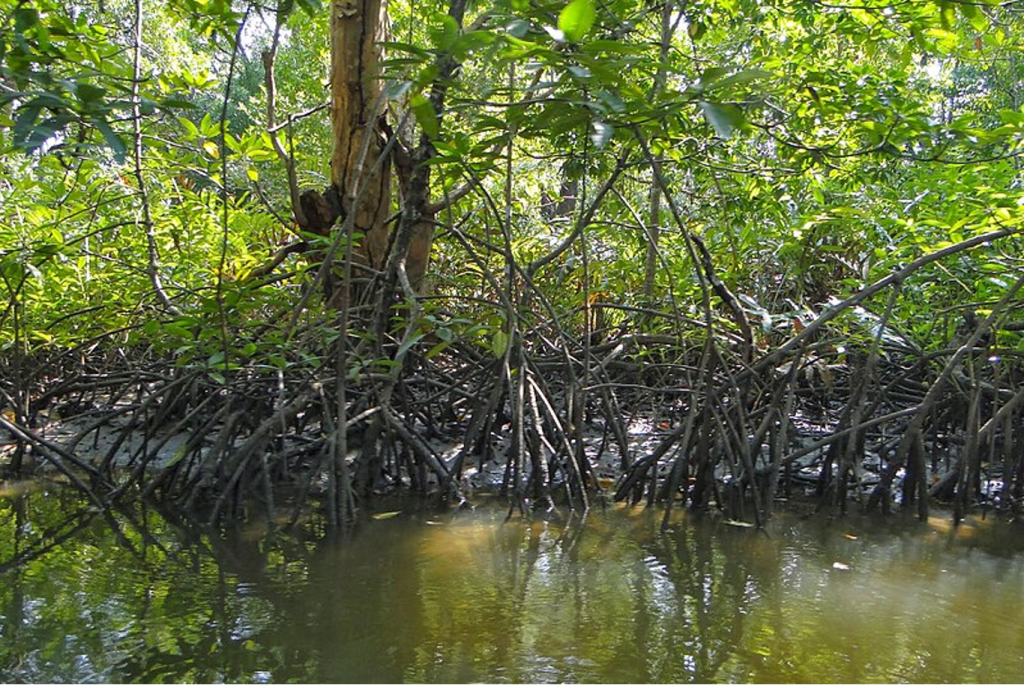
Although mature mangrove plants don’t mind too little oxygen and too much salt, their seedlings would die or develop poorly is such environment. To get around the problems caused by inhospitable nurseries, mangrove species adopted the form of reproduction found in mammals, some reptiles and a few fishes: vivipary, which is embryo development inside the mother’s body. In the case of plants, the seeds germinate and develop into seedlings while still attached to the parent tree, which supplies water and nutrients to its offspring. When the seedlings – called propagules – are sufficiently mature, they drop and take root near the parent tree or float away with the tides to establish somewhere else. You can follow the amazing life cycle of the red mangrove (Rhizophora mangle).
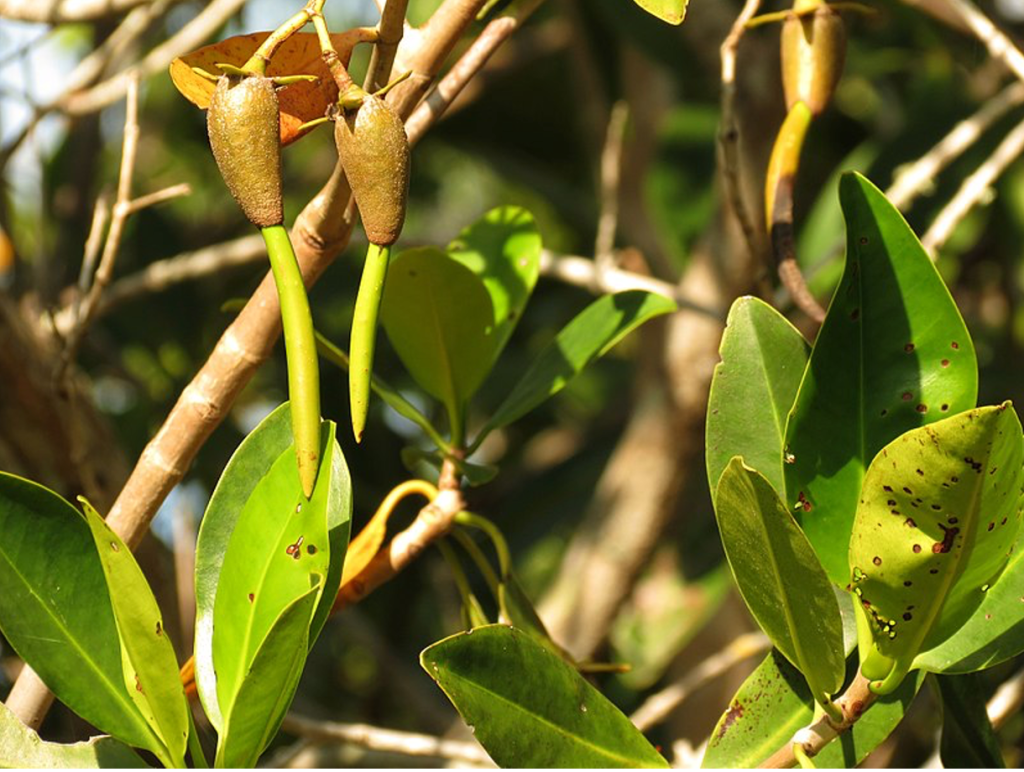
You may not choose mangroves for a picnic or camping site, but their value should not be underestimated. By hugging the coast, mangroves are barriers against waves, forming a line of defence of increasing importance as the changing climate makes storms and flood surges more frequent and severe (watch a simulation of how mangrove forests protect the shoreline). Their dense, labyrinthine roots filter and purify the water, at the same time creating sediment deposits that reduce coastal erosion. Mangrove roots also act as nurseries for a large number of marine species, many of them vital sources of protein for low-income communities. These apparently impenetrable forests are safe havens for hundreds of plant and animal species, some of them rare and threatened. Although confined to warmer regions, mangroves have a global importance, especially because they absorb and store more carbon than tropical rainforests. Despite their value, mangroves are one of the most threatened habitats on the planet, encroached by coastal development and seafood farms.
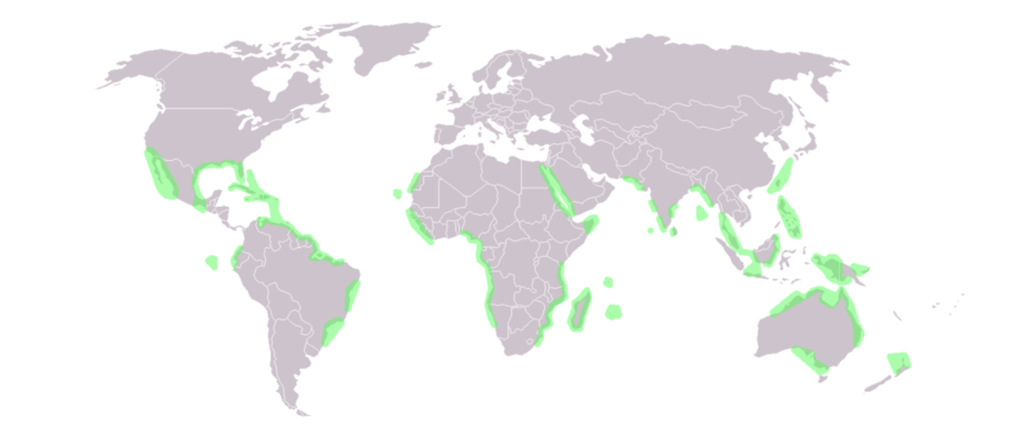
Some mangrove species are pollinated by the wind or bats, but most require insects. Bees, ants, flies and butterflies have been identified as potential pollinators in different mangrove regions, but we have a poor understanding of these interactions – with at least one exception: the European honey bee (Apis mellifera) has proven its credentials as an effective mangrove pollinator.
The grey mangrove or white mangrove (Avicennia marina) is distributed throughout Africa and south-east Asia, and is the most common and widespread mangrove species found along the Australian coast. Dozens of insects visit this plant, but only the European honey bee has been shown to remove pollen from a flower and deposit it on another one (Hermansen et al., 2013), which are the necessary steps for plant fertilisation. This industriousness created a conundrum for Australian conservationists and policy makers.
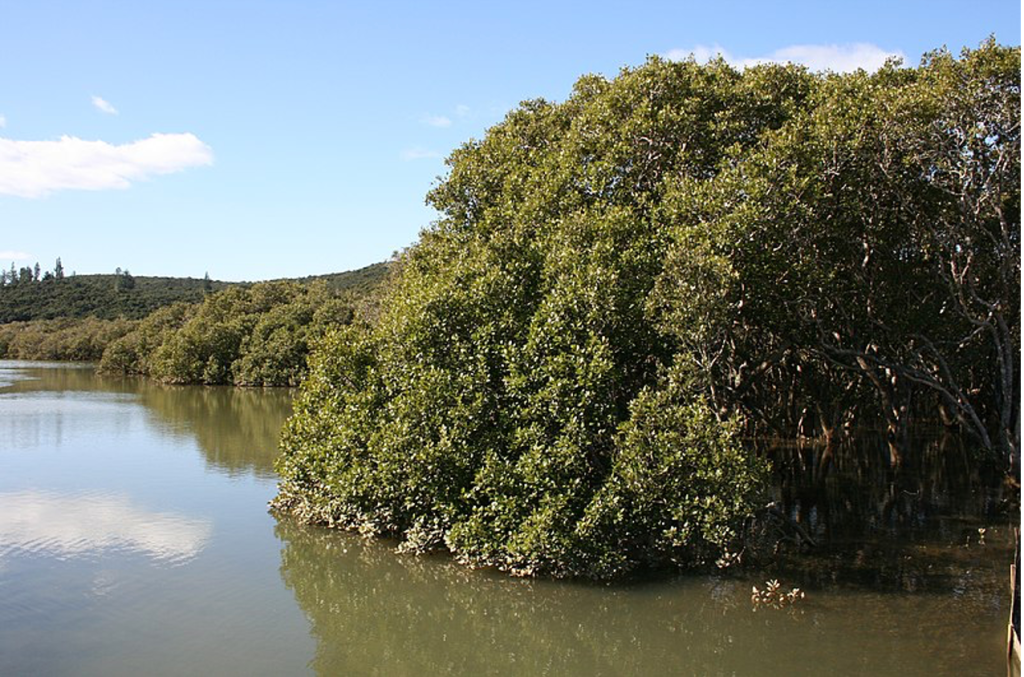
Since its introduction to Australia in the 1800s, the European honey bee has made good use of the country’s favourable climate and extensive areas of native vegetation: it spread out quickly and widely. The bee’s seamless adaptation to its new habitat has created a bonanza for the thousands-strong Australian beekeepers, and for countless farmers who benefit from an efficient and reliable pollination service. But not all was well.
Trees are the European honey bee’ ancestral habitats; before they became intensively bred and managed, honey bees nested in tree holes and collected pollen and nectar from tree canopies. When swarms escaped into the Australian wilderness, they readily went native by moving into tree cavities and ejecting – and sometimes killing – local residents like cockatoos, parrots, kingfishers, opossums and bats (Western Australia Museum). Feral European honey bees may also outcompete the 2,000 or so native bee species for food and nesting sites, and help spread weeds, pests and diseases. These impacts have been reported elsewhere, but in Australia the data are incomplete or inconsistent (Prendergast et al., 2022). The best we can say is that the interloper may interfere with a flora and fauna that have evolved together for millions of years.
European honey bees help sustain populations of grey mangrove in Australia, with substantial economic and ecological benefits; but these latecomers to the Aussie scene may also disrupt other species interactions and processes. Such dilemmas and uncertainties are nothing new in conservation: only hard work and good data can help us learn which way the balance tilts.
